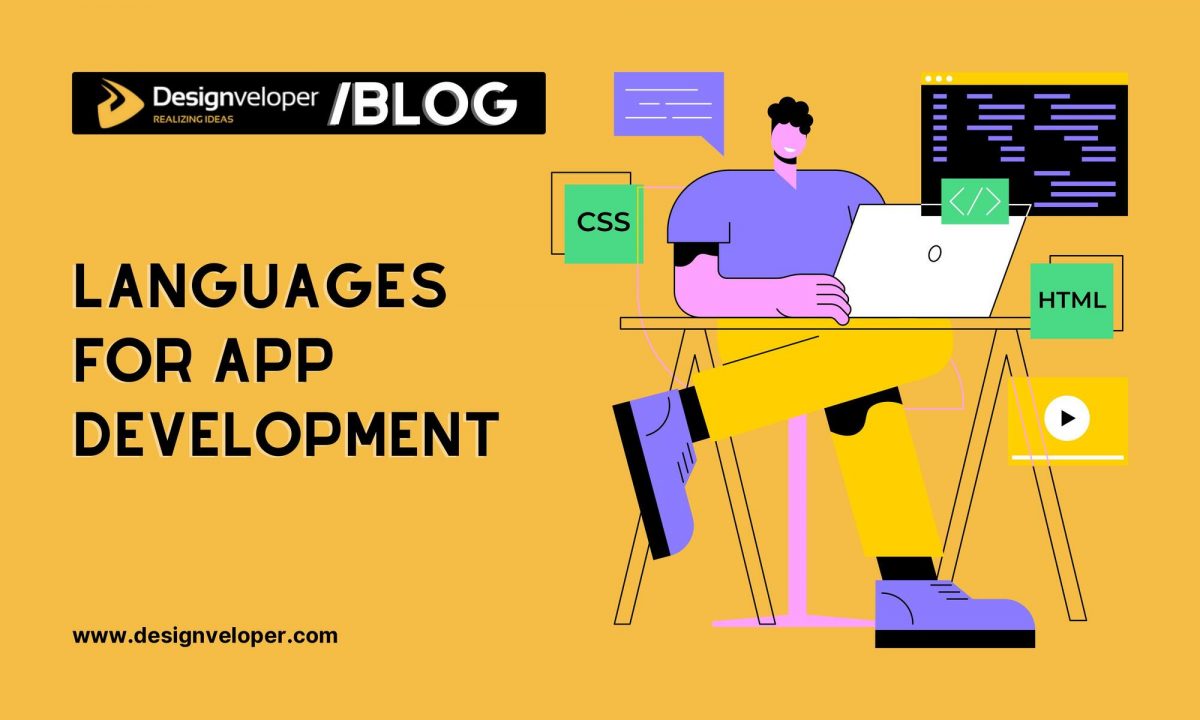Despite the ubiquity of content saying that you need a mobile app for your business (by “mobile app”, I mean “naive app for mobile devices”), the truth is often the other way around. A street vendor, a family-run motel, a local grocery store, or a clothing franchise certainly does not need a loyalty app. But even a coffeehouse chain, a social media platform, or a ride-hailing service provider do not necessarily have it, either. Starbucks, Twitter and Uber, for example, have shifted from native apps to web apps for years. And the center of all media hype now is mobile web app development.

But in order to get a thorough understanding of mobile web app development, we should first ask ourselves two questions: (1) Do I really need a mobile app for my business? (2) If I need a mobile app, what should it look like? With the simplest language possible, I will help you answer these first two questions so that you as an entrepreneur can make up your mind, and decide whether you should take the next steps in developing a mobile web app.
Do I Really Need a Mobile App for My Business?
If you have a smartphone (for sure you do), you definitely know how a mobile app looks. Facebook, WhatsApp, Tinder, Evernote, and Spotify are some of the most popular mobile apps. In order to use them, you must go to AppStore (with iPhone) or Google Play Store (with devices using Android), download and install them onto your smartphone.
During the past decade, we witnessed the mushrooming of mobile apps following the rise of smartphones at the beginning of the 2010s. Until 2019, there were two million apps on AppStore. The same goes for Google Play Store. However, an average smartphone owner only uses 9 apps on a daily basis, most of which are among the top 10 most used apps in the world, namely Facebook, YouTube, Instagram, or Amazon. Also, they do not often download new apps. As smartphone owners, we can easily relate to this. And because of this, many people have raised a concern that mobile app development services are dying.
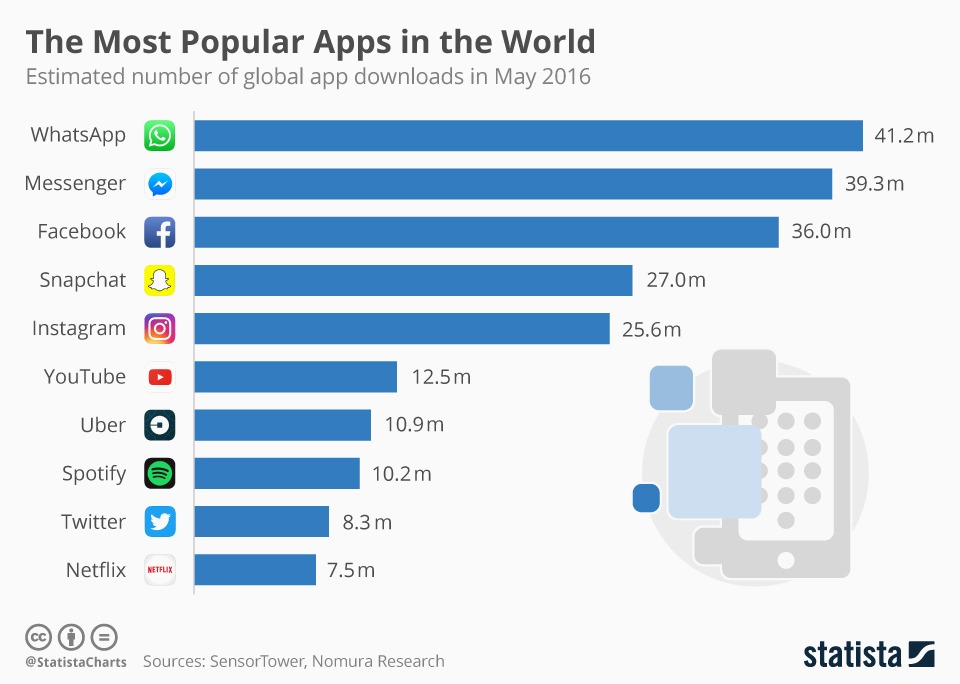
Understanding the nature of most used apps
Take a look at the most popular apps in the world, you can see that they usually fall under the following categories:
- Utility apps: all kinds of apps that serve the function of reminder, calculator, or weather forecaster.
- Social networking apps: Facebook, Twitter, Instagram, Snapchat, or WhatsApp.
- Lifestyle apps: any apps that facilitate certain aspects of your life such as fitness (MyFitnessPal), food delivery (DoorDash, Uber Eats), music (Spotify, Soundcloud, Shazam), travel (TripAdvisor, Airbnb), or transportation (Uber, Grab).
- Gaming apps: such as Angry Birds or Clash of Clans.
- Entertainment apps: such as B612 or TikTok.
- Information outlets apps: such as Buzzfeed, Flipboard, Reddit, Quora, YouTube
- Productivity apps: such as Google Docs, and Evernote.
Now you see the common theme of these apps is that they incorporate a new habit into your daily life. They are disruptive in that they change the traditional ways things operate. And the app providers make money from them (check out this article to see how people make money with a free mobile app). Only a few apps that play a complementary role to the main business itself, such as Starbucks’s ordering PWA, can sustain on your phone.
So you need a mobile app when…
You make money directly from in-app purchases like when players buy items in mobile games such as Candy Crush Saga or Pokémon GO. Having a native app is crucial to game developers because for now, that’s the only way your service can reach such a high level of interactivity and functionality.
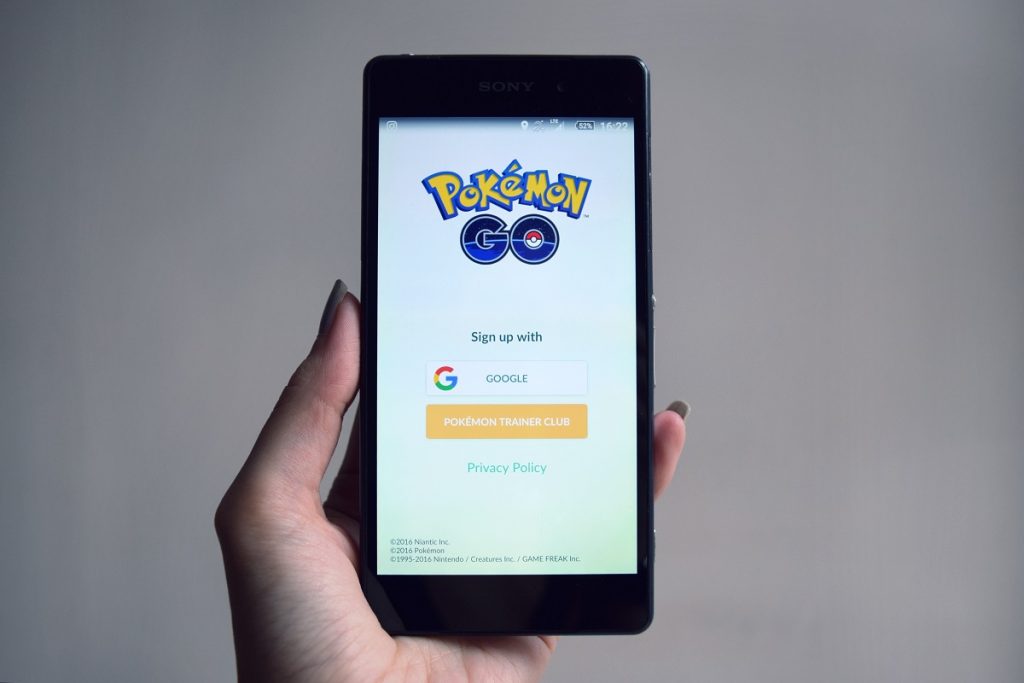
Recommended reading: Advantages of Mobile Apps: Why Should Your Business Invest?
It is also vital when you want to create a platform that really steps into people’s lives. For instance, you can start a ride-hailing application just like Uber or Grab that changes the way people commute. You can build a dating app like Tinder that changes the way people meet their potential partners. You can also have a mobile wallet app that changes the way people pay. Or maybe you can develop a healthcare app that changes the way people take care of their health. This is the only way for your business to be scalable. Without this broad vision, your app turns out to be just a loyalty app, which most of the time is less effective than a responsive website.
In the two scenarios above, people use your app almost on a daily basis. And because of this frequency, users expect to see a shortcut of your app on their mobile home screen. In order to give you smooth interactivity and serve special functions, the app must also be able to access device-specific resources such as cameras or GPS. And these are the essential features of native apps on mobile devices.
If you want to find some good ideas for disruptive mobile apps, check out the following articles:
Developing a Mobile App Is Just a Waste of Time and Money If
1. Your business is a content platform.
The idea of apps for news, or information outlets, is completely ill-advised because the two major drivers of this business are social media sharing and search engines, both of which are not supported by mobile apps. Apps do not generate shareable links, and unlike HTML documents, in-app content is not searchable to Google.
And because your content is not visible to the world wide web, customers cannot find you with keyword searches. Consequently, your investment in SEO and web content marketing has very little to do with the app world. And in order to attract new app users and raise awareness about your app, you must put more effort into mobile app marketing, spend more money on the app stores, paid advertising, and app review websites.
This is the problem of discoverability, of how your prospective customers discover your business. Now some people tried to solve it by doing app linking and indexing. But even so, here we face another problem: delivery, which we will discuss in the next section.
2. Your business provides a one-time service.
In other words, it’s a platform where people come to just finish a specific task and never get back. For example, if you run a bunch of shoe stores, and you want an app just to facilitate the ordering, it’s probably unnecessary. Why do your customers have to download and install an app just to order a pair of shoes? They can just visit the website through browsers, instead of using something that takes up their phone’s storage space, something that they won’t need until their shoes get broken?
This situation is absolutely relatable. Everyone with a smartphone has experienced this at some point: “Wow, this shop is offering 25% off the special entree… oh, but only if you have this app”, or “Wait, I have to download an app for this? I just want to see what my friend posted”
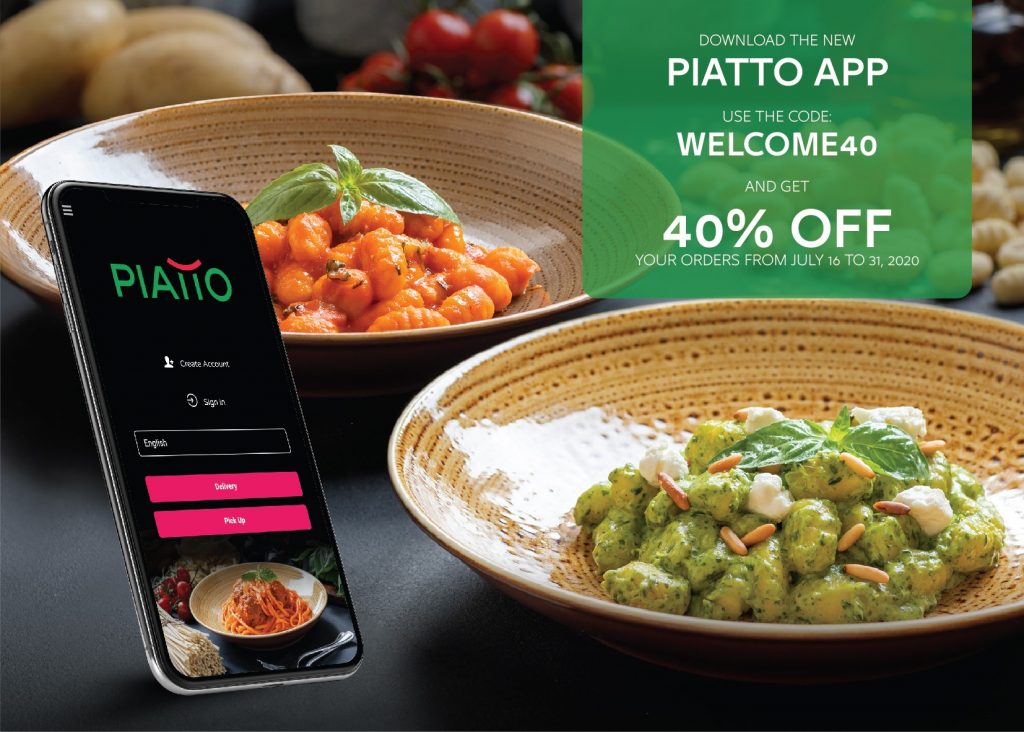
That leads us to the second pitfall of mobile apps: Delivery. Due to the complexity of download and installation, even though you spend a lot of money on mobile app marketing, the conversion rate is not as promising as you may think.
3. Also, you should not make an app if any of the following drawbacks hinder your business success
Firstly, the cost for mobile app development and maintenance is much higher than that of website development. And if you want to see your business’ online presence on not only the world wide web but also the app stores of Android and iOS devices, the budget you must have is certainly multiple times larger. This is due to the fact that you have to maintain completely separate codebases, written in different programming languages (Java for Android, Objective-C for iOS). However, it still incurs the risk of inconsistent user experiences across different platforms.
Secondly, because you develop your apps using software development kit (SDK) from Apple or Google, and must rely on their app stores to deliver your apps, it’s obvious that your business is controlled by a third party. Apple, for example, is known for both changing and enforcing them somewhat arbitrarily. It has very stringent requirements for applications submitted to its app store. Sometimes you may end up being forced into their cumbersome, user-unfriendly and basically horrible business connect program. Even if your app has been approved to the regular app store, the risks of changing terms and conditions persist and may catch you any time you submit the smallest update to the app store.
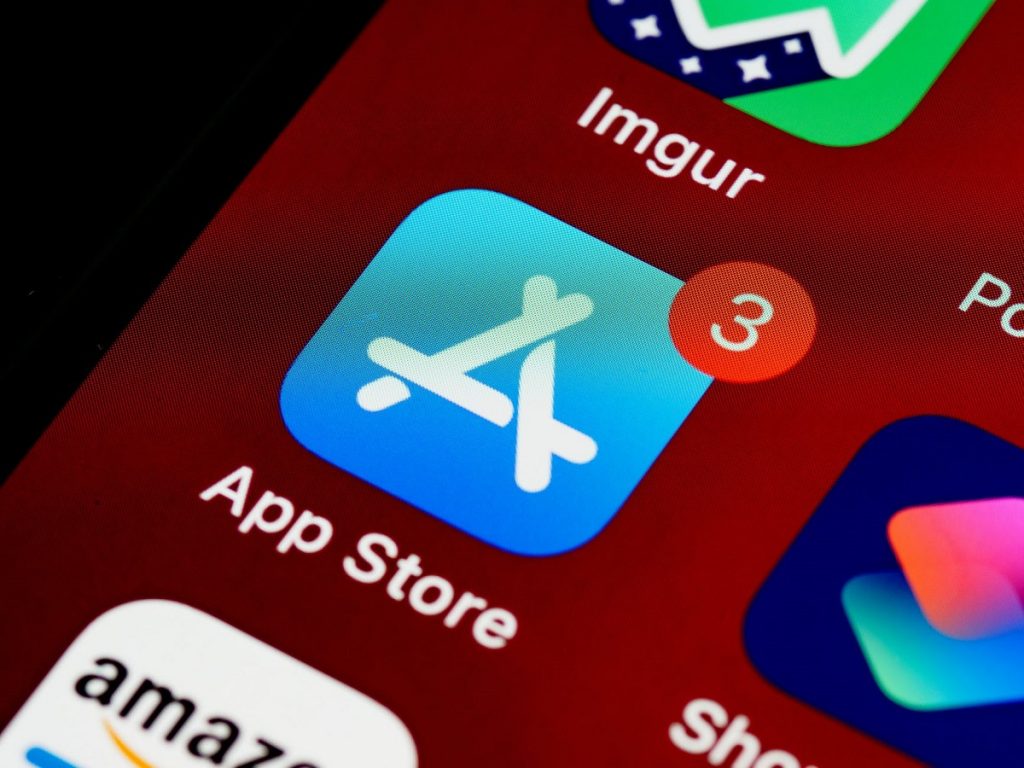
Also, both Google and Apple charge up to 30% commission and fees on any purchase made and delivered through an app distributed through their app stores. So you have to share your revenue to these tech companies.
What Type of Mobile App Should I Have? Why Should I Consider Mobile Web App Development?
Now that you may say: Okay, I get it. I can see the pitfalls of native apps. But given the prevalence of mobile devices and the ever-increasing number of smartphone users, what should I do? How could I display my content to them? It’s time to review all the types of mobile apps to see where you should place your investment in.
1. Types of mobile apps
Basically, mobile applications can be classified into native, hybrid, and web-based apps.
Native apps
This is exactly what is regarded as “apps” or “mobile apps” in users’ mind. They are called “native” because they are written specifically for distribution on either iOS or Android devices, with accessibility to device-specific resources (cameras, GPS, and so forth). The strengths of natives apps are fast and smooth user experience, offline working mode, push notifications, and higher level of security (compared to web-based apps). But the weaknesses of native apps, as mentioned above, are delivery and discoverability.

When you choose to develop a native app, you must consider whether your app is supposed to be compatible with Android, iOS, or both. Check this article to see how these two most popular mobile operating systems differ: Mobile App Development: Android vs iOS
Web apps, or web-based apps
Technically speaking, web apps are just websites. They are written with HTML5, CSS, JavaScript, and other web technologies. But because people can wrap up a website and make it look exactly like a native app in a variety of ways, to the end-users they could be referred to as “mobile apps”.
Web apps can totally fill the delivery and discoverability gaps of native apps. They take up just a small fraction of memory space, could work on various operating systems, be it Android, iOS, or Windows Phone, with just a single code base, could fit different screen sizes, and often costs less to build. These benefits are the reasons why people turn to mobile web app development, instead of native apps.
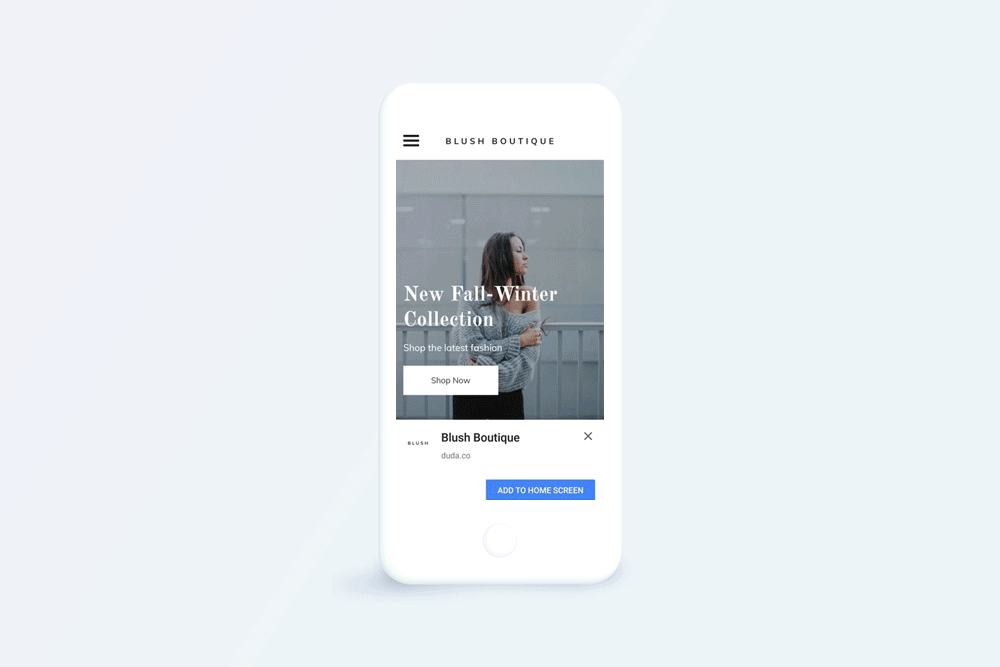
The downside of web apps is that they can only run with a reliable internet connection, and security risks still alsol cause hesitancy to business owners and users. However, with the advancements in web technologies, these limitations are gradually solved, and now we see a new “species” coming up: progressive web apps, which we will discuss later.
FURTHER READING: |
|
2. Web Application Examples and Definition for Beginners |
Hybrid apps
The concept of the hybrid app is a mix of native and web-based apps. They are built using web-based technology stacks, and cross-platform mobile app development frameworks such as Apache Cordova (formerly PhoneGap), Xamarin, React Native, or Sencha Touch. Thanks to them, hybrid apps can function across multiple platforms, with a single code base.
Nevertheless, this approach negates one of the primary benefits of native apps: They exhibit lower performance, and fail to bear the same look-and-feel in different mobile operating systems.
Recommended reading: 20 Best Mobile App Development Companies In Vietnam 2022
Progressive Web Apps (PWAs)
Knowing the limitations of conventional web apps (the internet connection dependency and the inability to offer the same look-and-feel like native apps), people have taken advantage of the two technologies called “service worker” and “manifest file” that help a web app run in the background, go offline, and support push notifications.
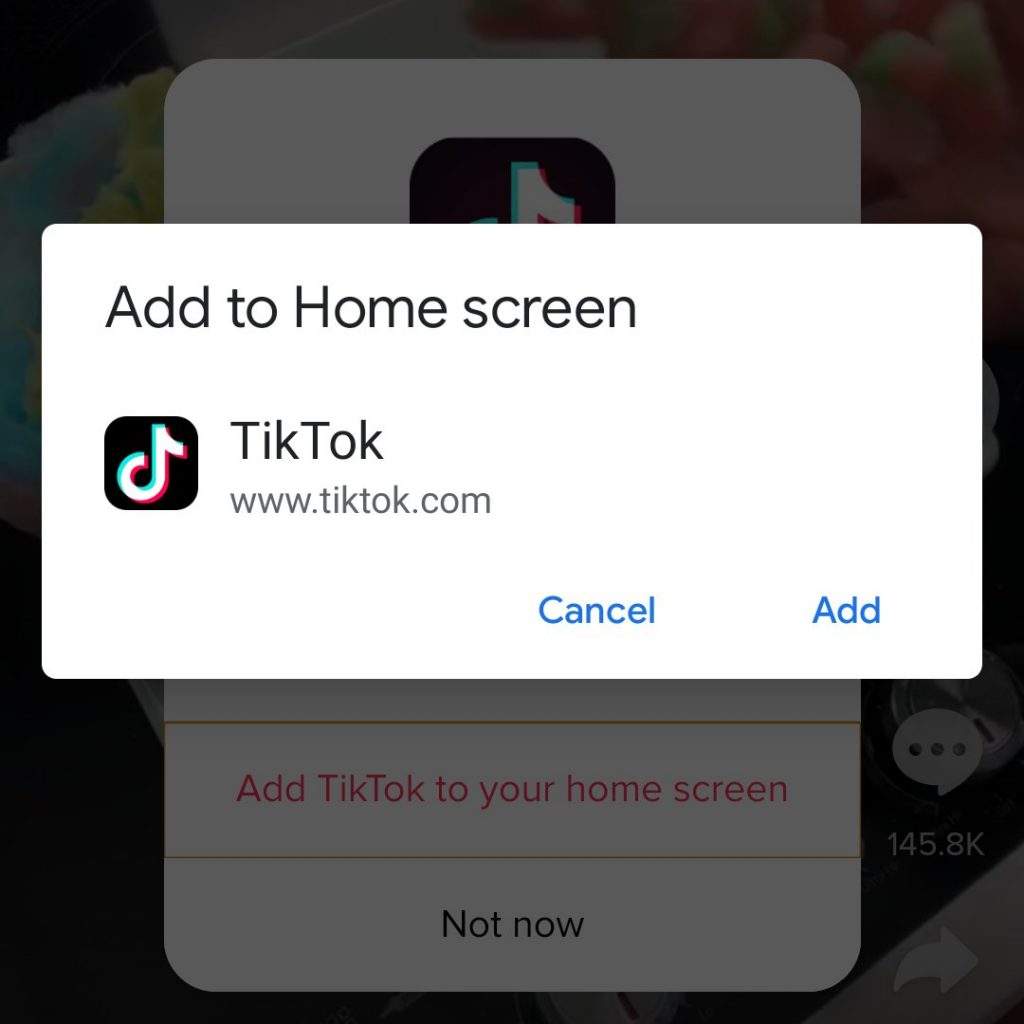
With these innovations, progressive web apps attract the attention of many big brand names including Instagram, Twitter, Uber, and Tinder. And they have shifted to PWAs for several years.
FURTHER READING: |
1. Why Google Advocates Progressive Web Apps? |
2. 6 Best Progressive Web Apps Examples (PWAs) Over the Past Decade |
3. Progressive Web App Tutorial for Beginners in 2022 |
2. How to choose the right type of mobile app?
It depends on what kind of business you are, and how your target customers interact with you.
For example, if you run a coffeehouse chain and intend to make a loyalty app where customers are able to browse the menu, customize their orders, add items to their carts, receive rewards and new updates from your brand, then a progressive web app is definitely suitable. The proof is in the case of Starbucks’ PWA.

But if you want to sell a mobile game like Angry Birds, given the interactivity and functionalities required, you need to have a native app for sure.
There is no single rule that applies to all. So, it’s better to have a consultant who will answer all the questions you have in mind. We at Designveloper are willing to do it. You can contact us now through the form here!
Now that you see why mobile web app development is preferred to the traditional native app development. If you really want to go for it, the next question to ask is: What does it take to develop a web app? How much does it cost, and how long will it take? How many steps would it be?













